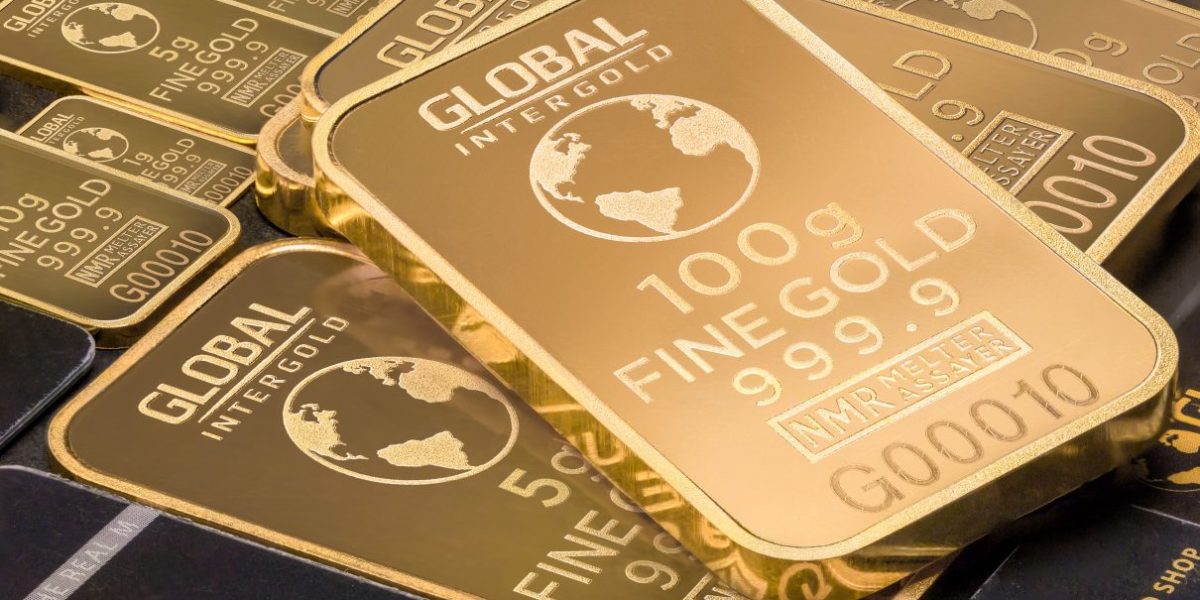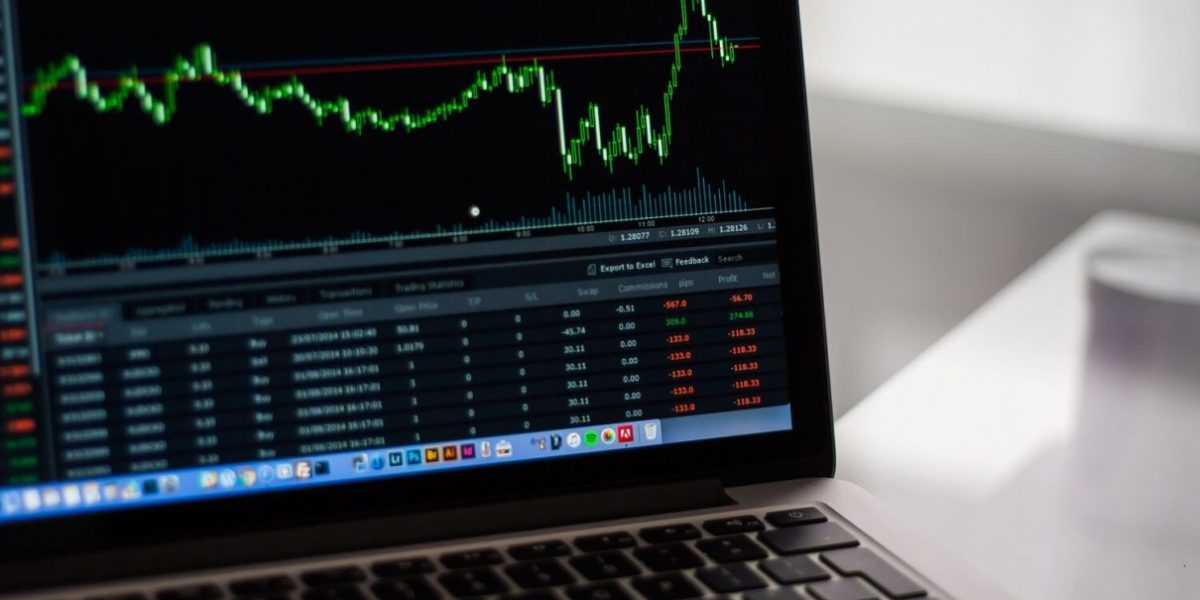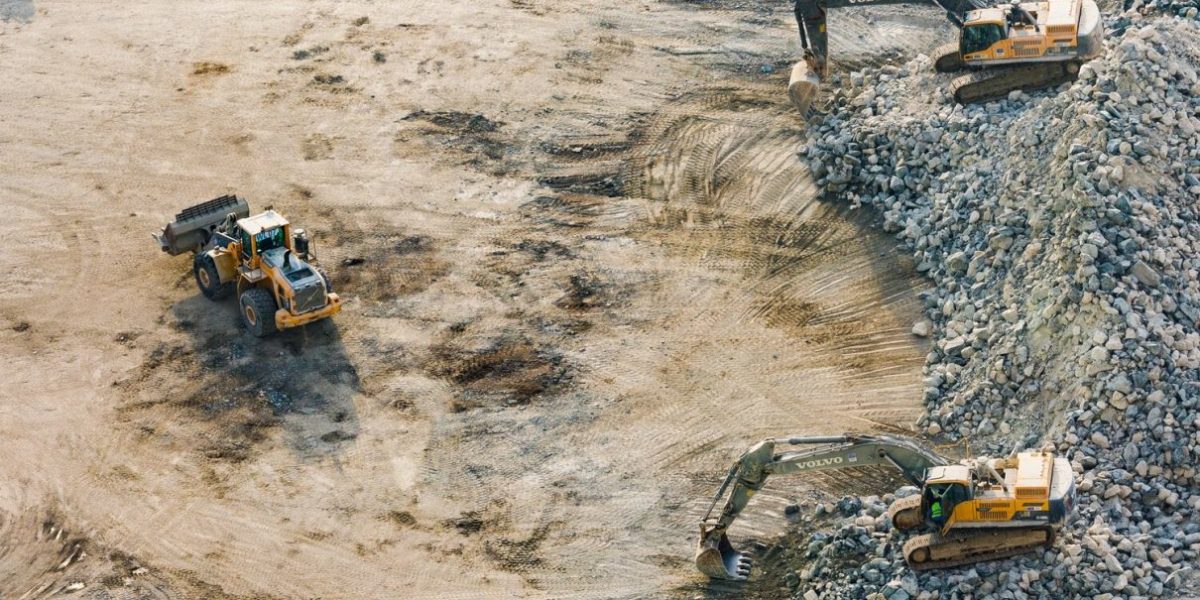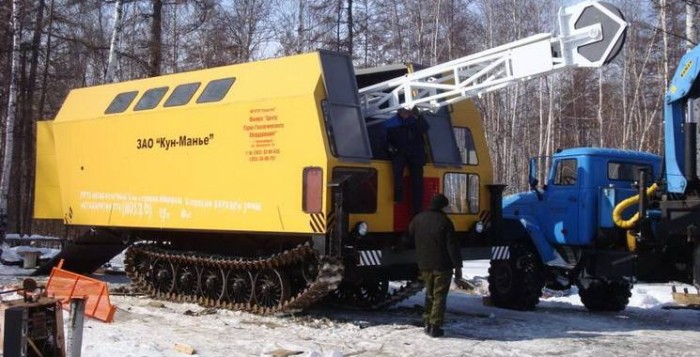As a community, the Asian OnlyFans girls are not just beautiful — they have a strong work ethic and a knack for business. And now that more people are beginning to learn of their wealth-building success stories, this group is growing in popularity. As a result, more companies are looking at them as potential investors.
It’s no wonder why they’ve become such valuable assets in the business world. In addition to being gorgeous, Asian OnlyFans girls are highly intelligent and hardworking and looking to fuck. They’ve made it their mission to make their money grow, and they’re also very savvy when it comes to marketing themselves. This is because they know that in order to succeed, they need to be seen by as many people as possible. And with social media sites like Instagram and YouTube providing a great platform for exposure, these young women have used these channels to catapult their careers.
Leaked Content From OnlyFans
Since the content is so popular, Asian OnlyFans leaks are increasingly common too. In fact, there’s always a risk that someone will take a photo or video from one of these posts and upload it somewhere else. This can hurt their income, since users aren’t paying for leaked content, but can also act as free marketing. After all, if the girl has a large following, she can direct users to other platforms where they might be willing to pay.
So while some of these leaks do hurt the bottom line, they’re still a part of the business. These women have to stay on top of things and protect their reputation and image. If they want to continue making money, they’ll have to find a way to capitalize on the attention. So far, most have done this by expanding their horizons beyond OnlyFans.
Investing & Business Opportunities
For instance, a few of these girls have started businesses. For example, Miko Liu, a 22-year-old model from China, has set up her own clothing brand called “Mikoh Liu.” The name is a play on her last name, as well as a reference to her initials. She’s been successful, and in a recent interview with OnlyFans, she explained how she got into this business.
“I was doing beauty videos before and I didn’t think I would be able to make money out of it,” she said. “But after seeing my friends’ videos, I realized that if I wanted to make more than $500 per month, I had to do something else.”
The only problem? At that time, she wasn’t sure what else she could do. So she decided to start a business instead. She bought some clothes, made a logo, and created her brand. She then began posting photos of herself modeling various outfits, and the rest was history.
Another example is Mia, a 22-year-old model from Singapore. She first got into fashion modeling in 2012. However, by 2016, she felt like she needed a new challenge. That’s when she took on the role of an investor.
She told OnlyFans: “I started investing my money in real estate and stocks when I was 18. I also invested in some private businesses which were run by a friend. But now I have more freedom to focus on my own ventures.”
And in her latest venture, Mia is using OnlyFans to expand her fan base. She currently has over 6,000 followers on the site and uses it as a way to communicate with fans and sell merchandise. She’s also working on a second project.
How Other Platforms Can Help
Because of the ease of posting and the high level of traffic, OnlyFans is an extremely popular website for models. However, it doesn’t offer the same opportunities for expansion that other sites do. For example, if a model wants to branch out and start a business, they’ll likely want to use a different platform.
That’s where other sites come in. For example, many of the Asian OnlyFans girls also have profiles on Twitter, Tumblr, or even Snapchat. These sites can help them get their name out there, and they can also give them access to other platforms as well with social media marketing.
In fact, some of these girls are actually using multiple sites. For instance, Aimee Song, a 24-year-old model and actress from Canada, is using both Facebook and Instagram as ways to market herself. On these platforms, she has over 2 million followers combined. She uses them to interact with fans and share information. She also has a YouTube channel with nearly 500,000 subscribers.
Other platforms she’s used include TikTok, which has given her a huge boost in popularity. In fact, in a recent interview with OnlyFans, she revealed how it helped her career.
“TikTok has been very helpful for me. My videos are getting a lot of views and I am starting to see more of a return. I’ve also received requests from companies who want to book me for events.”
In the end, it’s clear that these girls are doing a lot with their online presence. They’re using it to grow their fan bases and also as a way to build a business. It’s also worth noting that they’ve learned a lot about business and investing from these platforms, which is why they can be so good at it.



![Pros And Cons Of Investing In Mining Stocks [New Info]](https://www.minesite.com/wp-content/uploads/2019/04/mariusz-prusaczyk-185176-unsplash-1210x642-1-1200x600.jpg)



